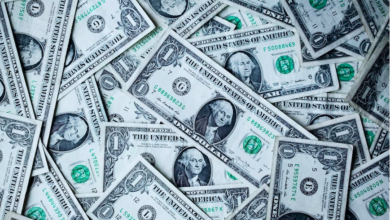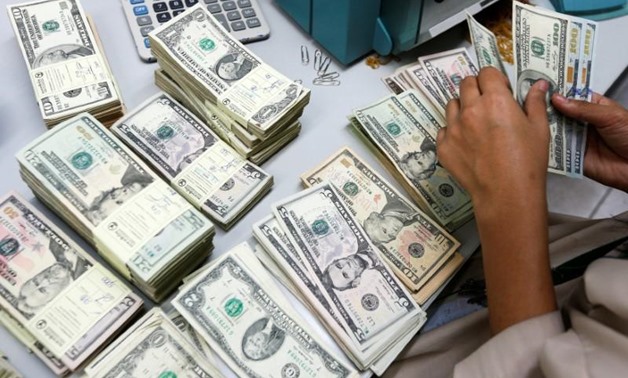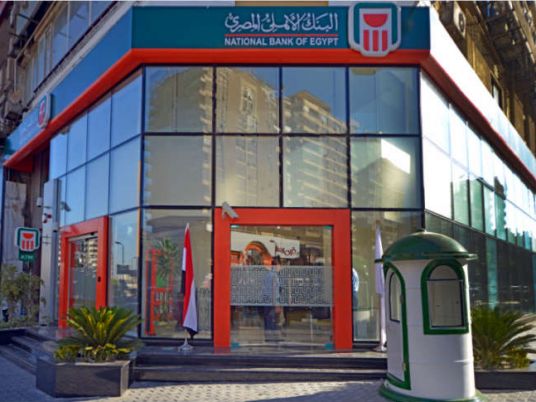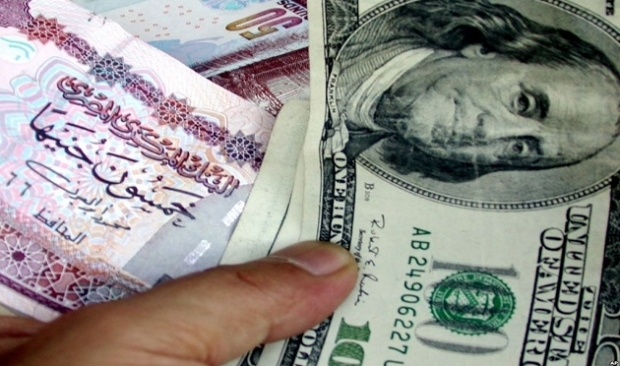
Oil prices jumped to their highest levels in a year and a half on Monday, after OPEC and non-OPEC producers agreed to cut oil output to ease a global glut, while the US dollar extended gains before a Federal Reserve meeting this week, at which a rate hike is widely expected.
The agreement between OPEC and a number of other oil-producing nations was the first joint action since 2001, following more than two years of low prices that strained many government's budgets and spurred unrest in countries from the Middle East to Latin America.
Brent futures for February delivery rose 4.4 percent to US$56.72 per barrel, with US crude rising 4.8 percent to US$53.98 per barrel in Asian trade.
The jump in oil prices comes in the wake of a renewed focus on inflation after data on Friday showed a rare spike in producer prices in China, prompting investors to worry that inflationary pressures are making a comeback globally.
"We have seen OPEC and non-OPEC producers agreeing, which is also boosting reflation expectation around the world," said Chris Weston, an institutional dealer with IG Markets.
The 10-year US Treasuries yield rose as high as 2.5 percent in Asian trade, matching its 2015 peak.
In another sign of the reflation trade, breakeven rates, the gap between yields of five-year US debt and a matching tenor in inflation-protected securities, were at two-month highs, indicating markets are expecting inflation to accelerate.
European shares were expected to open higher following strong gains in the previous week which saw the STOXX 600 score its best week since January 2015.
IG Markets expected Germany's DAX and Britain's FTSE to mark solid gains at the open.
MSCI's broadest index of Asia-Pacific shares outside Japan dropped 0.5 percent after posting its biggest weekly rise in nearly three months last week. But energy players in Hong Kong and Shanghai such as CNOOC and PetroChina were among the top gainers.
Japan's Nikkei ended up 0.8 percent at its highest closing level since mid-December last year.
A preliminary survey from the University of Michigan on Friday showed US consumer sentiment index at its highest since January 2015, which may see the Fed strike a more confident tone on the U.S. economic outlook at its final policy meeting of 2016 starting on Tuesday.
Futures have virtually priced in a rate increase this week, while the US dollar gained fresh legs from the data. It was 0.2 percent higher against the Japanese yen at 115.61.
The euro changed hands at US$1.0556. Analysts at BBH expect a rebound to 1.07 per dollar if the 1.05 level is not broken.
Morgan Stanley economists expect six rate increases between now and end-2018 and say that any dollar pause is an opportunity to add to long positions, though some analysts adopted a more cautious stance.
"The markets are expecting too much from the Fed and that is what latecomers to the dollar rally will be thinking," said Cliff Tan, a markets strategist at Bank of Tokyo-Mitsubishi UFJ.
Meanwhile, spot gold steadied at US$1,157.76 per ounce, after hitting its lowest levels since early February.




